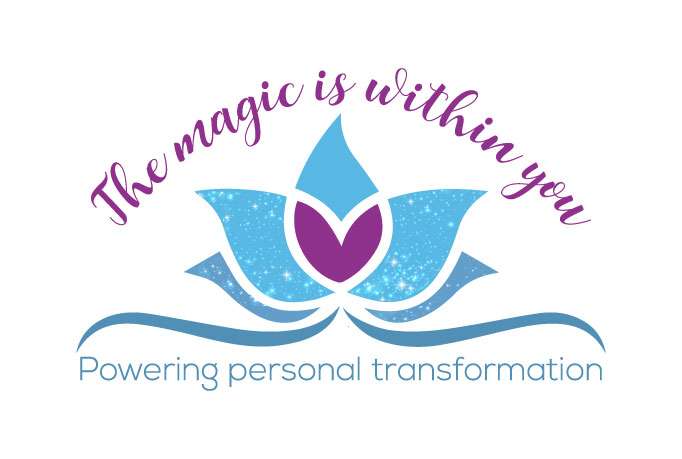Trauma recovery and growth are processes that you can have the opportunity to go through after experiencing a traumatic event or series of events. Trauma refers to a distressing or harmful experience that overwhelms a person’s ability to cope, meaning it’s a personal experience that we have given meaning too, it can have lasting effects our their mental, emotional, and physical well-being. Recovery and growth after trauma involve navigating the aftermath of these experiences, healing from their impact, and finding ways to move forward in a healthy and positive manner.
This can be a hugely inspiring phase of the experience, if we allow ourselves the time and space to heal and make sense of the experience, our childhood, our parents/partners struggle etc
Here are some key concepts related to trauma recovery and growth:
Recognition and Acknowledgment:
The first step in the process is recognizing and acknowledging that one has stored an experienced as trauma. This involves validating one's emotions and reactions, understanding that your responses are normal reactions to the abnormal, outside usual human experiences and situations. Which can also be through the lens of a child – For example being cared for as in food and shelter but neglected as in emotional and physical closeness. At this point all we want is …
Safety and Stabilisation:
Creating a sense of safety is crucial in the recovery process. This might involve finding a supportive environment, establishing routines, and practicing self-care. Stabilisation helps your regain a sense of control over your life. The best way to achieve this is …
Therapeutic Support:
Seeking professional help from therapists, counsellors, or support groups can be invaluable in the recovery process. Therapists can provide tools and strategies to manage distressing symptoms, process emotions, and develop coping skills. Floating has been proved to aid with this recovery process, the ability to step away from almost all the external stimuli and turn your attention inwards creates the most liberating and visceral experience of freedom leading towards a resting of the nervous system, this creates space to think and connect to your authentic self this period of …
Processing and Integration:
Working through the traumatic memories, thoughts, and emotions is a central part of recovery. This might involve techniques like trauma-focused therapy, Havening, eye movement desensitization and reprocessing (EMDR), Floatation, Compassionate inquiry, Brainspotting and many more. This support us in our …
Meaning-Making:
Finding a sense of meaning or purpose in the trauma can help you make sense of your experiences. This could involve reframing the trauma as an opportunity for personal growth, resilience, and learning. Looking at your experience, what you made is mean will increase your opportunity to identify areas of personal …
Resilience and Post-Traumatic Growth:
While trauma can have negative impacts, many you also experience post-traumatic growth. This refers to positive psychological changes that occur because of dealing with adversity. This growth can manifest as increased personal strength, improved relationships, greater appreciation for life, and a new perspective on challenges, a sense of releasing the past and letting it go, taking what you needed to learn and using it to design the life you deserve full of …
Self-Care and Wellness:
Engaging in self-care activities, such as exercise, mindfulness, healthy nutrition, and maintaining social connections, can significantly contribute to recovery and growth. As well as regulate your nervous system leaving you more in tune with your own body and mind, however this will all take …
Time and Patience:
Trauma recovery is not a linear process, and it takes time. Patience and perseverance are essential here, as you most likely will experience setbacks or difficult moments along the way. These are meant to happen; they are part of the process and hugely beneficial to keep you on track.
Avoidance vs. Exposure:
Striking a balance between avoiding triggers that worsen distress and gradually exposing oneself to triggers in a controlled manner is important. This can help you desensitise the traumatic memories and regain a sense of mastery over your emotions.
Supportive Relationships:
Building and maintaining supportive relationships with friends, family, and community can provide a sense of belonging and facilitate the recovery process. Sometimes when these relationships have been fragmented by previous events or behaviours, they can be difficult to repair, again this is where time and patience and avoidance and exposure comes in.
It’s important to note that each person’s experience with trauma recovery and growth is unique. Some individuals may recover relatively quickly, while others might require more time and intensive therapeutic intervention. The journey involves ups and downs, but with the right support and strategies, many can find healing, resilience, peace and positive transformation in the aftermath of trauma.
Always remember – TRAUMA IS NOT AN EVENT, ITS WHAT YOU MAKE IT MEANS FROM THE SKIN IN

